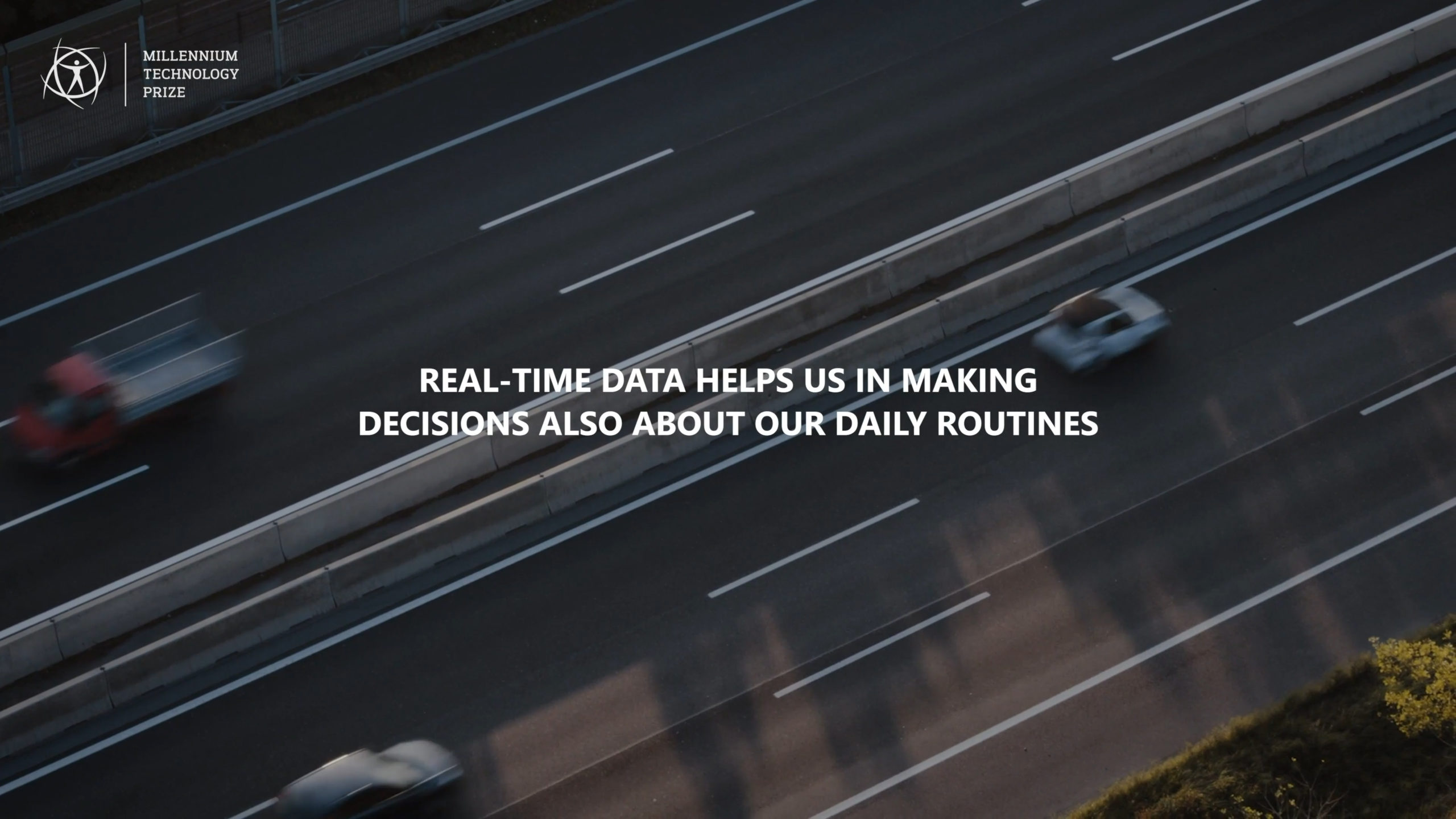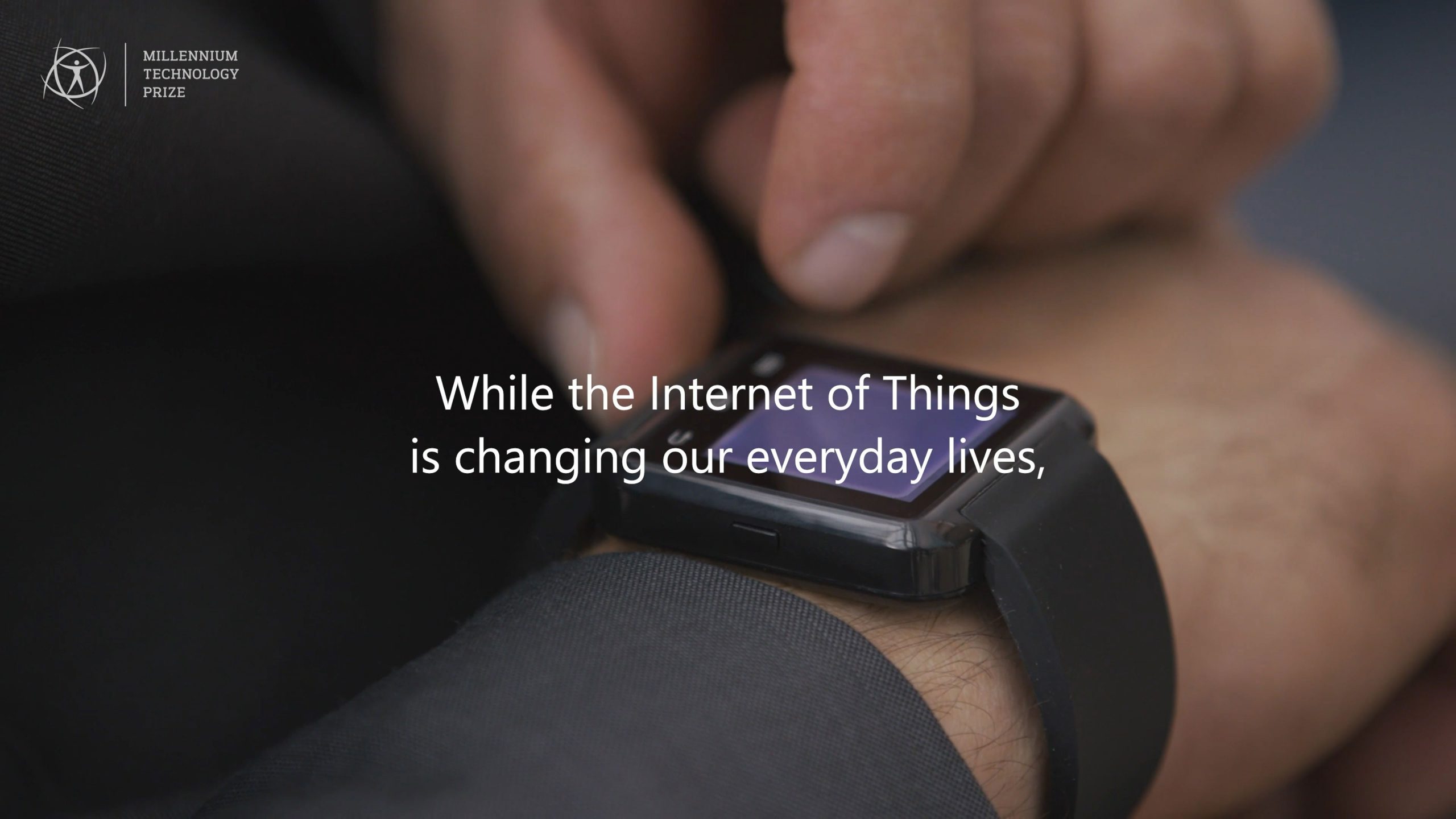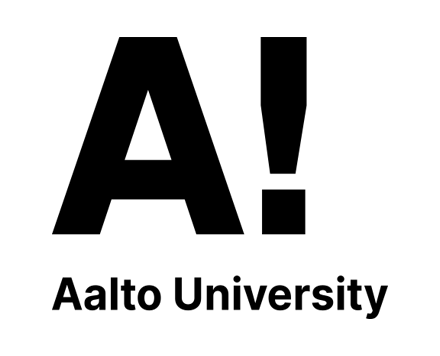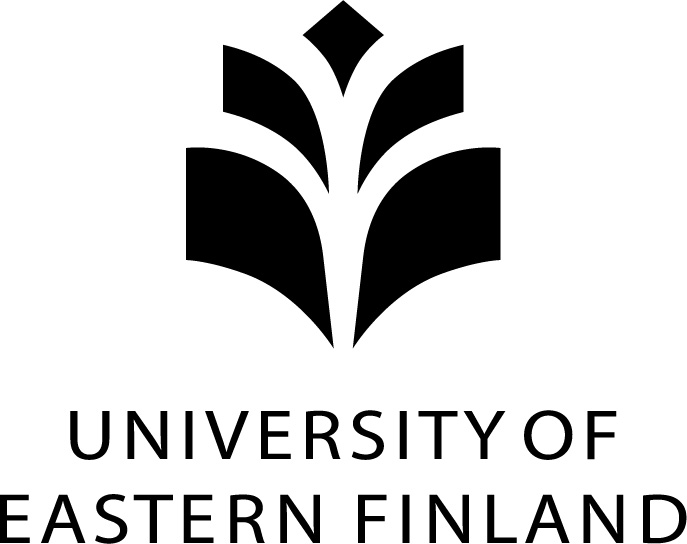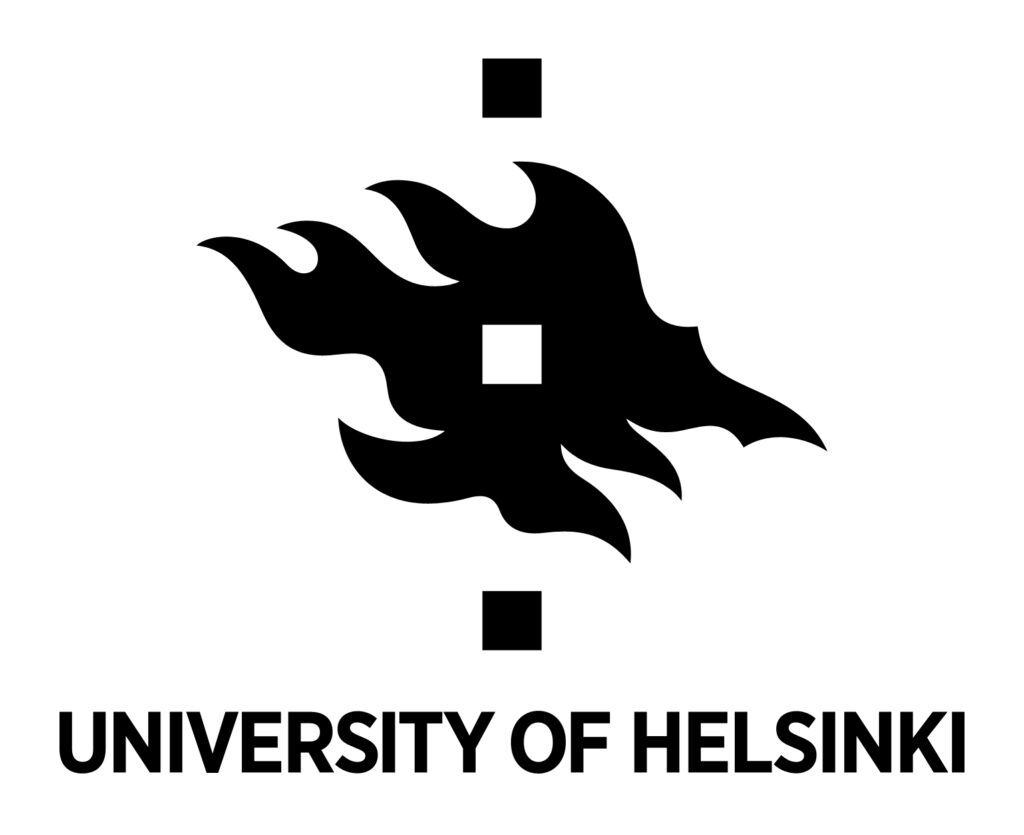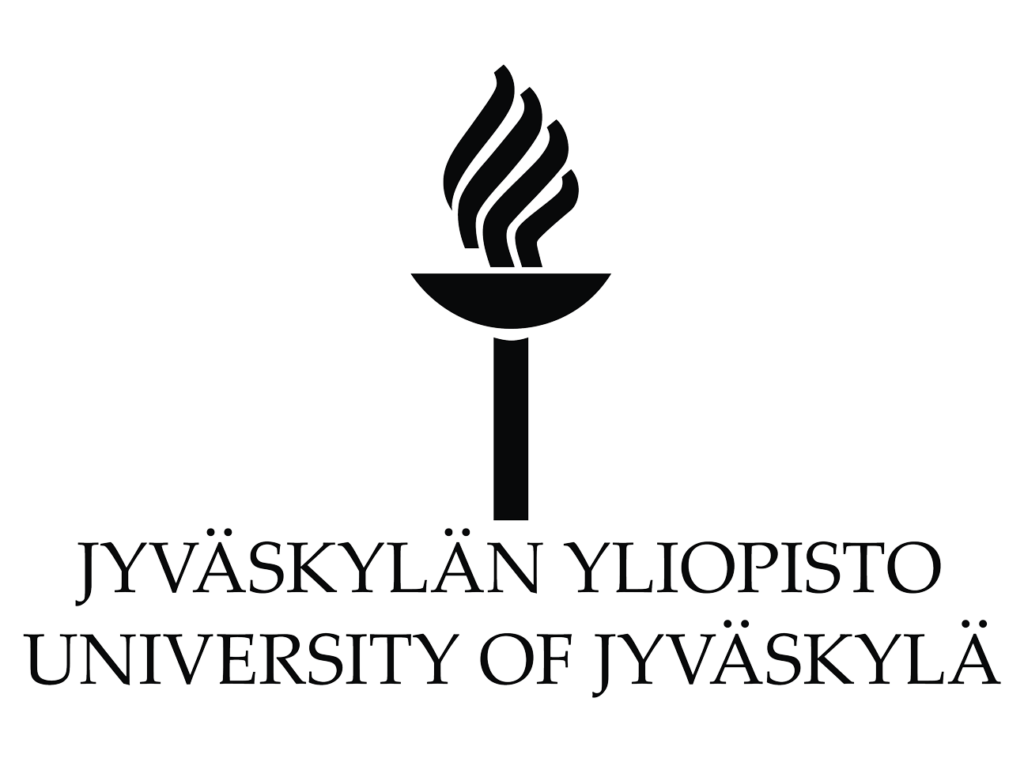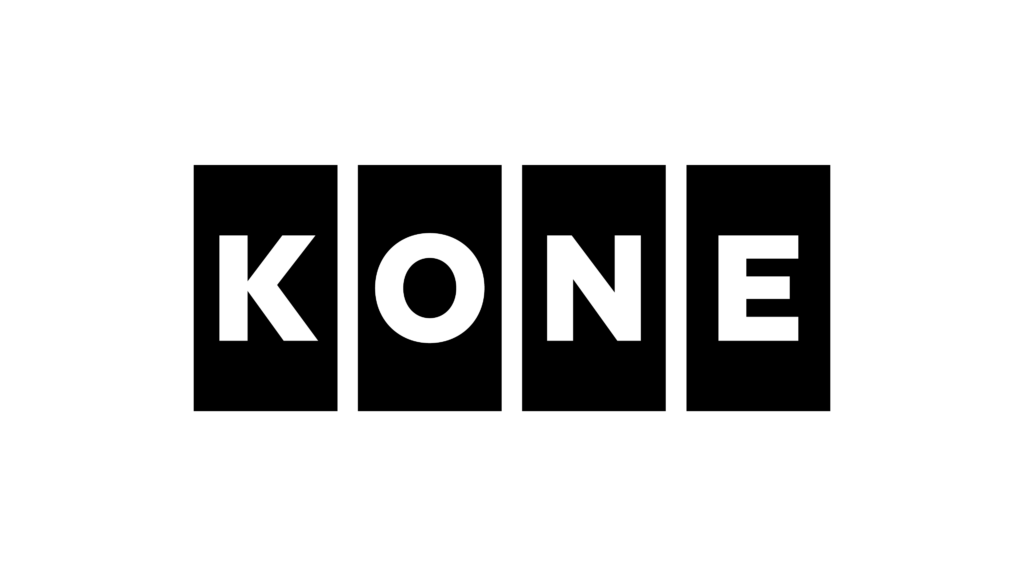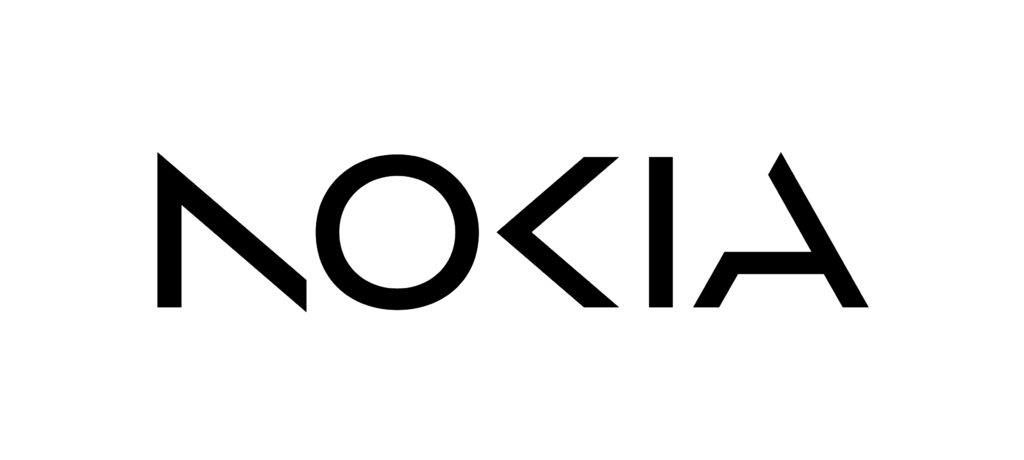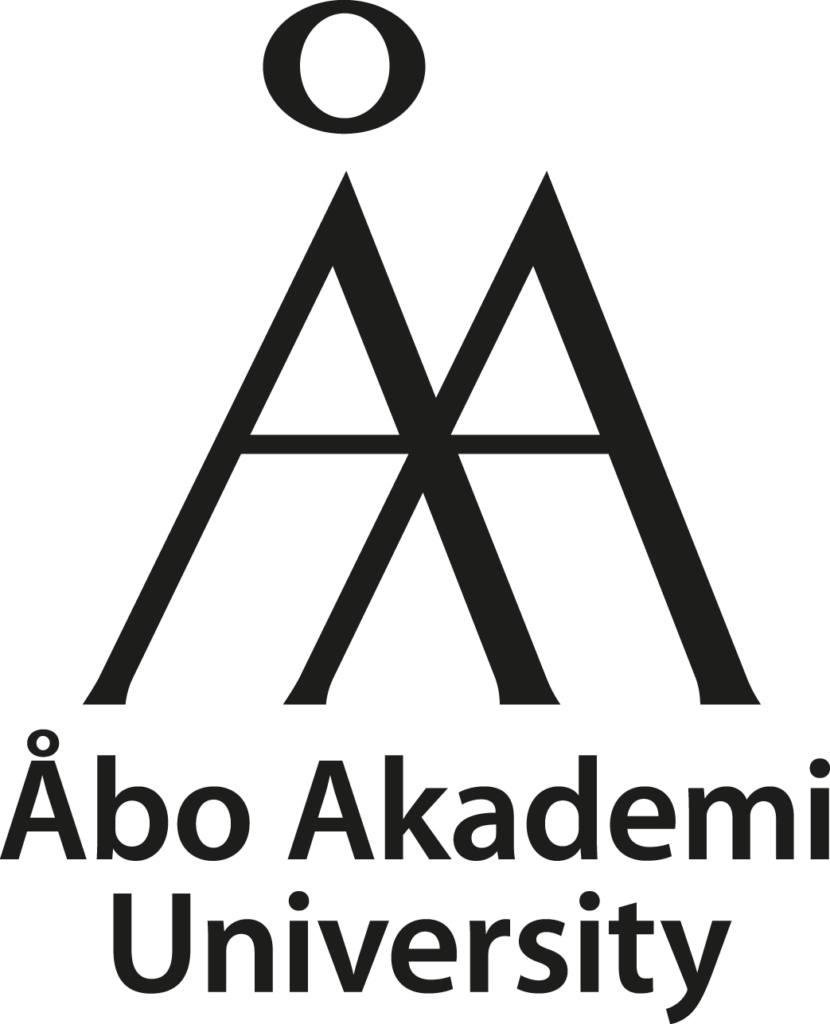Interview with the 2018 Millennium Winner
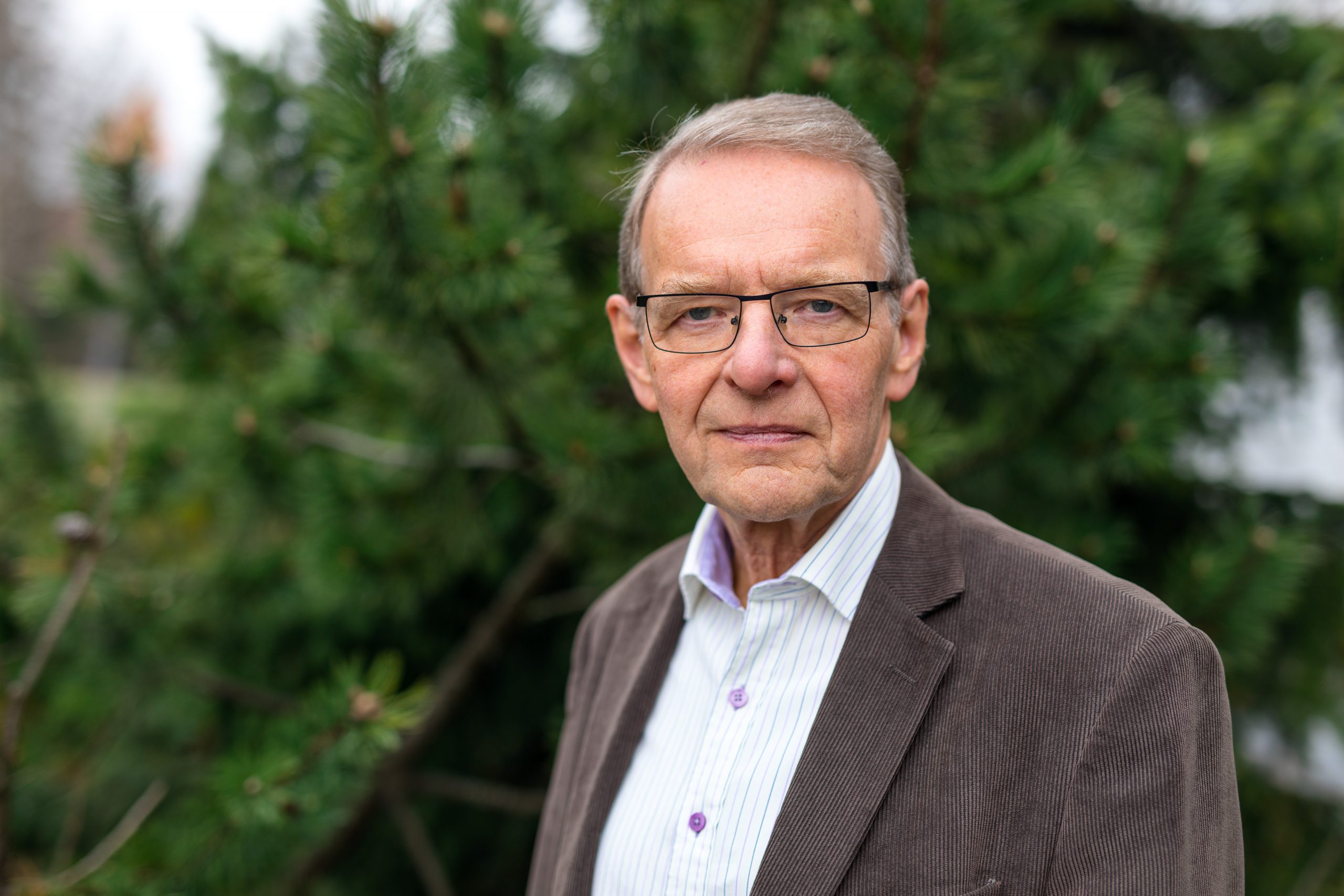
1. Early days
Dr. Tuomo Suntola, if you could give us a little background on where and when you were born, what it was like growing up in Finland, where you went to school and university, it would be great to start things off?
I was born in 1943 in Tampere, (currently the 3rd largest city in Finland) about 170 km to the north from Helsinki. After the war, in 1948, the family moved to Turku (southwestern coast, the oldest city in Finland), where I went to school. At that time Finland was recovering from the war. Industrialization was started from pulp and paper and heavy metal. In spite of hard work and lack of many things, the general spirit was optimistic; education was highly appreciated – this, at least, was the case in our family.
Did your family insist or gently encourage you study/work hard at school? Did they have ambitions for you to follow any particular career? And were any of your family from a science/technology background?
No, nothing like that. I felt it natural to acquire the best possible schooling in the field l was interested in. My family was not science or technology directed. My grandfather, who died before my birth, was an engineer; there have been shipbuilders in the family generations back.
Also if you could tell us about when you first became interested in science and technology, at what age, what triggered this life-long fascination?
Anything about your earliest science projects, ones at school or DIY ones at home?
I loved making things with hands, e.g., I built wooden miniature replicas of World War II fighters like Spitfire, Messerschmitt ME 262, P-51 Mustang, etc. The trigger to technology and electronics was certainly the first transistor radio which I built at the age of 12 or 13 in the mid-50s when the first transistors became available. Building of radios and audio amplifiers also with electron tubes continued through my school years until 1962. It was obvious to choose the Electrical Engineering department at Helsinki University of technology where I started my studies after the military service in 1963. I chose Electron Physics as my major which directed me to semiconductor technology and materials sciences. There were no particular reasons for that choice, Electron Physics department had been started only a few years earlier; I saw it fascinating and challenging.
At what point did you decide you wanted a technological career as a materials scientist, was there a particular trigger for this?
As a graduate student, with a practical application goal in my mind, I entered to study fast switching phenomena reported in amorphous thin films. To my disappointment, the phenomenon proved unusable for applications, but the work produced the theoretical explanation of the phenomenon – and my doctoral thesis. An important lesson was that it is exceedingly important to understand the phenomena we are dealing with. At that time, I also become interested in the fundamentals of physics in general. I tried to understand the reality behind theory; e.g., it was difficult for me to accept the illogical concept of “relativity of simultaneity” taught by relativity theory. I was convinced that the theory is complicated because we have not found the right viewing angle or coordinate system. I think that combining a practical touch with theoretical and philosophical considerations has been a key in my way of meeting the technological challenges.
You mention an aspect of relativity theory – are there any other scientific laws/theoretical conundrums that still elude our full understanding that you think could benefit from a perception/viewing angle shift?
Most physicists say that we should not try to understand nature; a theory, like quantum mechanics, predicting observables correctly, is all we need. We would certainly benefit from an understandable perspective opening the logic behind quantum mechanics and “quantum paradoxes”.
2. Inspirations
Any early heroes when growing up?
I cannot name any early heroes or role models important to me. I found my heroes first when tracing the history of science.
So can you tell us your favourite science heroes from history and what it is about their achievements that inspires you?
Heraclitus and Aristotle are my historic heroes. They figured out the principles of change, continuity, and the balance of opposites (a deep-laying principle in the ALD) and pointed out the importance of the primary laws of nature, Leibniz for refining Aristotle’s entelechy to the conservation of energy, and his view of the linkage between local and the whole. Laplace is my hero as a top mathematician, especially for his potential theory and spherical harmonics.
What inspires you today?
The growth of the ALD technology is a major source of inspiration. I keep in touch with the ALD as a board member of Picosun Oy, a fast-growing ALD tool company continuing the original ALD tradition. Tracing the foundations of physics has become very important to me; any new finding or insight serves as a trigger and inspiration to the next – strengthened by the Physics Foundations Society connecting colleagues with similar passions.
Some areas of science and technology might seem ‘played out’ (or we have outgrown them/they seem almost complete as we fully understand their applications), while others, like physics, seem to almost be in the infancy of their possibilities. Some believe that through physics we’ll achieve a better understanding of the universe – do you share this view and are there any particularly big discoveries or ‘leaps forward’ thanks to the work of our scientists, that you think we might be close to achieving?
I see the endeavour towards a better understanding of the universe as the primary goal of physics. Any new discovery or new perspective may be the key to a leap forward. In this connection I mean the physical universe; e.g., modelling of human consciousness does not fall within the scope of physics.
3. Your work
How did you first set off on the path to develop scientific instruments, in particular the humidity sensor back in 1973? How long did that particular development take and was it the result of a big investment and a big team to back you up, or something developed in relative isolation? (I notice you mention a range of organisations in respect of this first innovation – Instrumentarium, Vaisala and VTT – so it would be good to know, just in outline, how that relationship worked).
How did you come to develop electroluminescent flat panel displays in 1974?
1970-1980 was the second phase of industrialization in Finland – from heavy industry towards high technology. Big companies diversified into new business areas like electronics. Nokia is a good example; Instrumentarium, an import company for medical instrumentation, had started with a few own products and was looking for competitiveness with proprietary technology.
The path from the humidity sensor to the EL panels and the ALD technology is described in the History of the ALD-development published in Wiley’s Chemical Vapor Chemical Vapor Deposition, Vol 20, Issue 10-11-12.
There were several factors favourably linked: The general spirit towards high tech in Finland, need for proprietary technology in Instrumentarium, the Humicap humidity sensor as an encouraging technology case, and the lessons from my doctoral work combined with the passion to meet new challenges. The two-year humidity sensor, “Humicap”, development was ordered by Vaisala Oy, a Finnish company specialized to meteorological instruments. At Vaisala, the success of the humidity sensor was followed by the development of a pressure sensor based on silicon micromechanics. That work turned out as a pioneering work to the acceleration sensors presently used, e.g., in the ABS brakes in cars and position sensors in mobile phones.
Finland is a small country, and many business leaders know each other. Encouraged by the success of the humidity sensor, the management of Instrumentarium invited me to start a research unit in the company and to propose new “key components” to medical instruments. I was pleased to accept the invitation and got the small humidity sensor team with me to Instrumentarium – in the beginning; we were only three people in the team.
Combining the possible needs with necessary market potential with my earlier experience, I proposed starting work on electroluminescent flat panel displays. I had been invited to make proposals, nobody wanted to stop the new activity before it was stated.
Things proceeded quite quickly; I joined Instrumentarium on January 1, 1974, I made the proposal in March. It was known that the quality of thin films needed in EL displays was extremely difficult to achieve with known technologies, there were no products in the market. I decided to focus on a more advanced way of making the thin films. Looking at the periodic table of the elements hanging on the wall in front of me I got the idea of the ALD, the sequential build-up of zinc sulphide, the light emitting material in an electroluminescent display. The ALD concept matured in June 1974 after calculations of necessary vapor pressures, temperatures and other parameters for the sequential process to occur. After the construction of the test equipment, the first test run was successfully made in early September 1974 and the first patent was pended in November 1974.
Was this effectively the origin point for the big information displays we see in public places today and our flatscreen TVs?
In the 1970s, electroluminescent (EL) technology was one of the candidates to be “the TV on the wall”. The winner in this was the Liquid Crystal Display (LCD) technology which also became the mainstream display technology for computers and later in mobile phones. Active Matrix Organic Light Emitting Diode (AMOLED) technology has become a strong competitor to LCDs. In many AMOLED devices, ALD is used as a protection layer. EL displays are still used in special applications in severe conditions. The ALD-EL production plant built in Finland is still active and serves as the only EL display manufacturing plant in the world.
Was there a big team working with you/for you on this?
In 1979, the ADL/EL development was sold to Lohja Corporation for more resources and complementing activities in electronics. At that time, we had a team of about 20 people. The number of people grew up strongly when the production of the EL displays was started in the mid-80s.
Was there a particular breakthrough moment that sticks out, a ‘Eureka’ type moment, if you like, in this development?
The first important moment certainly was when I saw the ALD run producing thin films in atomic layers in early September 1974. In fact, the very first run was successful.
The most memorable moment was the first presentation and demo of the ALE-EL displays in the SID (Society for Information Displays) conference in San Diego in 1980. It was a kind of sensation; we had published nothing about our developments before the conference – and our display was far better than any EL-demo before. We received almost 4000 product inquires after the conference – unfortunately, we did not have the production line built yet.
The most important moment, however, was the breakthrough of ALD in semiconductor manufacturing in the early 2000’s. The important moment looks like continuing.
4. Atomic Layer Deposition (ALD)
ALD is perhaps a difficult concept for non-scientists to understand. In a few sentences, how would you explain/summarise what it is and your development of it, to the average person (non-scientist)? Is a simple description of it a case of chemistry and electronics combine as we create new thin film technologies, or something similar?
The basic idea: ALD is a sequential process of self-saturating reactions building up one atomic layer of a compound at a time. This is achieved by supplying components A and B of the compound AB one at a time. The surface reaction resulted by vapor containing B atoms on a surface terminated by A-atoms saturates as soon as all A-atoms on the surface have reacted forming A-B bonds and a single compound layer, now terminated with B-atoms. The B-terminated surface is then subjected to vapor containing A-atoms; a new compound layer is formed, terminating the surface with A-atoms again. The sequence is then repeated the necessary number of times needed to build up the final layer thickness.
ALD produces highly ordered material layers. Due to the saturation mechanism, the thickness of an ALD layer formed follows the shape of the original surface allowing complex three-dimensional surfaces to be covered. The saturation mechanism ensures excellent uniformity and very low defect density. In a way, we let nature take care of the perfection, we just create conditions to let it happen.
ALD thin films serve, e.g., as excellent dielectric layers and chemical barriers in electronics and many other applications. In the first ALD application, the electroluminescent display, the high dielectric strength of the ALD thin films solved the problem caused by the high operational voltage needed, about 200 V across a layer of 0.001 mm.
ALD coatings can be used to add functions such as conductivity to electronic components like computer chips or waterproofing to other components, it allows uniform coatings to things like fibres. Can you give us a few practical examples of what ALD coated products are out there which average consumers might be familiar with?
ALD is an enabling technology for modern nanometer-scale integrated circuits which are key components in computers, mobile phones, and other electronic equipment. It means that most people enjoy the contribution of ALD every day. There are many applications where ALD is used as a protective layer to improve the durability and lifetime of products. As a surprising example, coins in some counties are protected with a protective ALD layer.
ALD coating can be used to create high efficiency solar cells. Can you give us a flavor of what levels of performance improvement ALD has enabled there and whereabouts in the world these are in use?
ALD is used for a passivation layer that improves the current collection efficiency in silicon solar cells. It is one factor among several other factors for the enhanced efficiency Si solar cells.
You’ve said ALD is going to play an important role in creating battery materials for manufacturers of the next generation of electric vehicles and “it seems very likely that ALD will play a role for some of the technologies for producing future lithium batteries that we will use in basically all devices ranging from communication (smart phones) and for transportation (cars, trucks, trains, ships, airplanes etc)” Could you elaborate on that a little with any current examples?
I am not an expert in lithium battery technology. There may be several uses of ALD in Li-battery technology. Major improvement of the cyclability of Li-batteries has been reported with ALD coated cathode particles in the batteries.
In the US ALD is being used to improve the performance of telescope mirrors. Can you tell us what types of improvements we could see there?
Protection of telescope mirrors is a very specific application due to the large size of a mirror. The added value comes from the well-controlled uniformity and excellent protection the ALD layer gives to the silver surface of a mirror. In fact, ALD layers are also used to prevent darkening of silver ornaments.
Can you tell us about some “real world product highlights” resulting the work you did at Neste in the 1980s with ALD research for photovoltaic panels and for heterogeneous catalysts for oil refining?
In Microchemistry, ALD was used for CdTe solar cells at the research level. Fairly good performance was demonstrated, but the technology was not scaled up to production.
In catalyst research, the role of ALD was more like a tool in surface chemistry. Some specific catalysts were demonstrated at the laboratory level. The work gathered up an excellent team of chemists who made an important contribution to the ALD chemistry. This was very meaningful because, in the early 1990s, Microchemistry activity was directed to the development of the ALD technology and tools for semiconductor applications.
Can you also tell us a little about the highlights of your work at Fortum, focusing on renewable energies and advanced energy technologies? Did any particular new products or practices result from this which are with us today?
This was a short period after the ALD activity in Microchemistry was sold to the Dutch ASM who is now the market leader in ALD tools. My work in Fortum was mainly technology mapping for a general understanding of the competitiveness and environmental impact of new energy technologies. One finding that still bothers me was an analysis of the CO2 balance; if we study the system of the Earth atmosphere, soil, and waters as a closed thermodynamic system, the CO2 vapor pressure in the atmosphere is mainly determined by the pH of soil and waters and thereby the emissions of acidizing gases (SOx and NOx) rather than direct CO2 emissions. The analysis did not gain interest enough for more thorough studies among climate experts.
Does that particular finding being generally overlooked and ignored mean that our current understanding of C02 and its implications for climate change and global warming may be misunderstood; and therefore might we need some different scientific approaches to tackle those problems?
The increasing CO2 content in the atmosphere is a fact. The factors behind the CO2 balance may not be understood in full depth. It would be of high value to identify factors we could influence.
5. Finland as the home of technology innovation
What in your view is it about Finland in particular that sees it excelling in technology and having a world-class reputation in the field?
One factor certainly is the high-level education and innovation-friendly atmosphere. Also, I think that one can find a lot of fresh, bias-free thinking in Finland. Natural resources in Finland are limited; we need to find the resources from skills and competences.
6. Ideas that connect the world
We hear that since your student days you’ve been fascinated with the philosophy of science and the foundations of physics? Could you describe what drives that passion for you?
Aristotle starts his Metaphysics with the statement: “All men by nature desire to know.” It is our challenge to try to understand nature. Science and physics shall be more than just mathematical descriptions of phenomena.
Could you tell us about the fundamental breakthrough in 1995 that led you to work on a holistic view of physical reality referred to as the ‘Dynamic Universe’?
In 1995, I realized that we should study the fourth dimension as a metric dimension instead of a time-like dimension as taught by the relativity theory. Closing space through a metric fourth dimension allows the study of whole space as an energy system. Copernicus made the planetary system understandable with a holistic perspective replacing the observer-centered Ptolemy system; Copernicus opened up observer’s motion and location in the system. The Dynamic Universe theory makes essentially the same for space as the whole. The metric fourth dimension allows the expansion of space as the 3D surface of a 4D sphere. It means, e.g., that any motion in space is associated with the motion of space in the fourth dimension. Local relativistic phenomena appear as direct consequences of the conservation of total energy in the system; clocks in motion do not run slower due to a slower flow of time but because part of their energy is bound to the local motion.
DU has received some honest interest (especially among technologists!) but immediate rejection by physicists refusing to study it. Maybe good that way; I have not got time to elaborate and test the theory to the necessary perfection. Based on my industrial experience I know how fatal it is to put a prototype on the market.
It is more like a rule, both in the history and today, that ground-breaking ideas are first rejected. A few months after my first presentation of the ALD in a crystal growth conference, I received a letter from a well-known professor in the field; he had shown, and confirmed with laboratory experiments, that ALD is impossible. At that time, we were in the pilot production phase.
Your model of the Dynamic Universe sounds fascinating. Again, a new way of looking at things. Some current thinking about the linkage between time and space (such as that of Richard Muller of UC Berkeley) indicates time travel is impossible. With this metric fourth dimension model, might things like time travel actually be possible after all? And does it have other implications too?
I cannot see physical time travel possible. Another question is whether our consciousness could travel in the past or possible future(s). Space as the 3D surface of an expanding 4D sphere leaves behind an increasing 4D volume; have we left traces of instances behind us? I cannot answer.
The metric fourth dimension allows linking the dynamics of space to the dynamics within space thereby linking local to the whole. Relativity is not expressed in terms of dilated time or contracted length but in terms of locally available energy.
Could you tell us a little about the inspiration behind your book, The Short History of Science, tracing the development of the scientific picture of reality from history to present day?
Tracing the development of scientific thinking has been an important part of refining the Dynamic Universe theory. Present theories can be seen as a logical continuation to the historical development and a solution to the findings in the late 19th century. Quick solutions tend to increase the diversification and metaphysical load of the theories by additional parameters rather than finding roots in common. My heroes in the history of science have built their physics on the fundamental laws of nature, like the conservation of energy. I like to continue that tradition.
What’s your view on how science and technology is improving our world? Should we be doing more to tackle the world’s problems with its finite resources and various threats we are becoming increasingly aware of, and what role might scientists and technologists play there?
I may repeat myself, but the best science can give is the true understanding of nature. The deeper is our understanding, the better chance we have making right choices. A deep understanding of nature extends to human choices and the responsibilities of mankind.
This role of nature is a fascinating field too. Our previous MTP winner in 2016 Frances Arnold talks about how nature is the greatest designer and engineer. Would you say our understanding of nature has fundamentally changed in recent years? Are we yet able to use our scientific and technical knowledge to sufficiently protect nature – and our only human habitat – from the damage humanity has been inflicting on the planet for the last hundred years or so?
I share the view that nature is the greatest designer and engineer. Our understanding of nature has increased remarkably as far as we look at the progress in specific areas like biochemistry where the recent progress has been huge. For being able to make right choices to protect our globe we needed a unifying perspective to be able to see how choices and actions in different areas are interrelated and linked to the whole. There are still major challenges for getting there – scientists are for meeting the challenges.
7. Hobbies and interests outside the scientific and technological working environment
We know previous MTP winners have passions ‘outside the lab and the working environment’ – Linus Torvalds loves scuba diving and even invented a program to assist him with it, Shinya Yamanka loves to run marathons – do you have any similar hobbies and passion projects that you do to unwind?
Harmonious family life and good friends are the best generators for joy and unwinding.
8. The next generation
How important do you think it is to encourage young people to become passionate and engaged with science and technology? Are you confident enough is being done in this regard or could governments and the private sector do more?
Real interest and passion arise from inside. Whatever the society can do to encourage young people to listen themselves to find their strengths and hidden resources is of high value. The history of science shows the value of inspiring teachers. Finally, the inspiring atmosphere grows up from many tiny things starting from the respect of nature and other people.
Do you have any predictions for how technology and its various innovations will fundamentally change our world in the next few years?
Maybe better wait and see. I had not been able to predict the status we are with the ALD today.

